Nara was the first real capital of united Japan (circa 7th century) and predates Kyoto and Tokyo as imperial capital of Japan. Prior to that, Shinto taboos concerning death required that the capital be moved after the death of an emperor. That changed with the advent of Buddhism and Nara became a permanent capital, a status that lasted a mere 75 years before it moved to Kyoto.
Home to a large number its historic monuments, impressive array of temples and relics, it was declared a UNESCO World Heritage site in 1998. It is an hour and half train ride from Kyoto and a convenient day trip.
The town of Nara is totally geared towards catering to visitors. From the minute you arrive at the station, everything is clearly sign-posted and the Tourist Information Center manned by people who seem to compete in wanting to help. As we headed out to see the sights, piped music and information emanated from speakers mounted above the street ! A street side restaurant even had a poster reading "We apologize in advance that our staff does not speak English well". One was almost guilt-tripped into giving them business !
Most of Nara's highlights are concentrated in Nara Park, a large, green open space with pleasant paths linking the various sights. Interestingly the city has a very large population of wild deer that wander everywhere including the streets and are tolerated due to a local tradition that has resulted in them being considered sacred.
The most impressive of the temples at Nara is the Todai-ji temple, home to the Daibutsu, the largest Buddha statue in Japan and one of the largest in the world. The Daibatsu-den, which houses this large Buddha, is said to be the largest wooden building in the world. The giant front gate, Nandai-mon, is guarded by two fierce, awe-inspiring protectors. (Remember the temple versus shrine lesson from the last post ?). Besides the really impressive giant Buddha, the Daibatsu-den contains four other giant statues as well, all beautifully carved.
A quirky tradition promises enlightenment to anyone who can crawl (squeeze) through a a small hole carved through the bottom of a large wooden column and hordes of parents were seen goading their little kids through them. Some went through happily while others were ushered through kicking and crying ! If only enlightenment were that easy.
Just outside Todai-ji, a sweet old lady was selling Mitrashi-dango ( a dumpling made from rice flour and dipped in sweet soy sauce) and strung on skewers. We sampled some as we tried to ward of groups of deer trying to get a nibble at the same time.
Another important temple at Nara is Kofuku-ji. (Yes, we were constantly tripping-up on pronouncing the names as we referred to them. Was it Kokofu-ji or Kinkofu-ji or Kofuku-ji ? We were getting it wrong all the time !) This temple has a three-storey and five-storey pagoda, the latter being the second tallest in Japan.
Completing the triad of important Nara sights was Kasuga Taisha, not particularly impressive as a temple but worth visiting just for the beautiful approach through a path lined with thousands of stone lanterns ! Several trails wind through the surrounding Kasuga-yama forest leading to other minor shrines and we had a wonderful time walking through them.
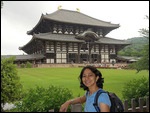
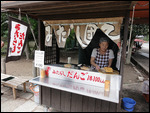
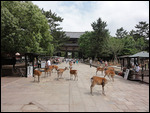

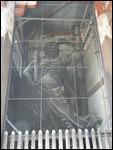
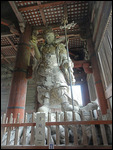


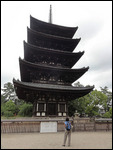

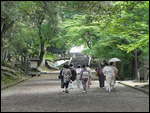




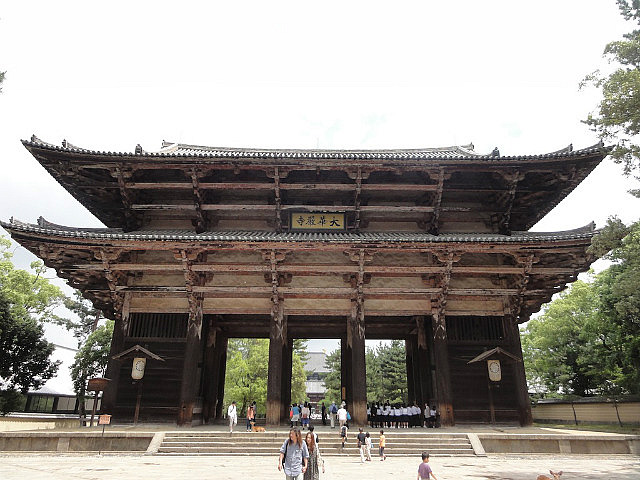

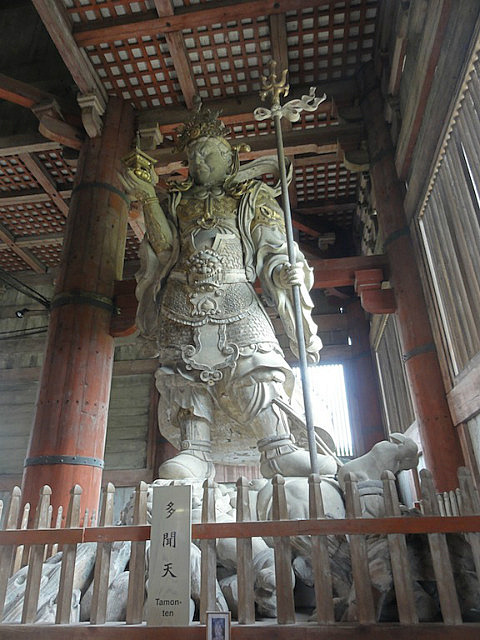
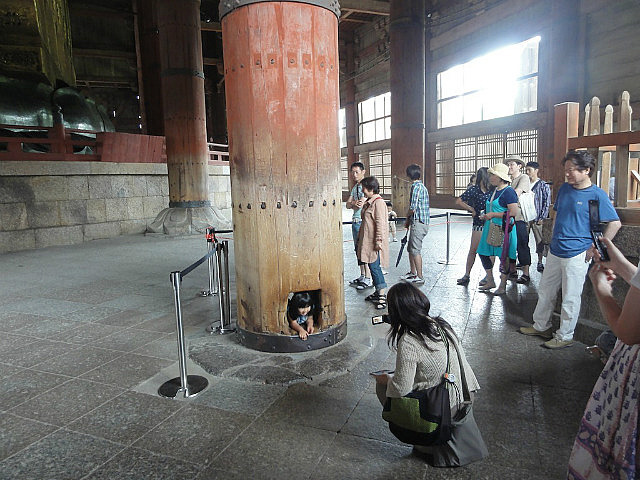



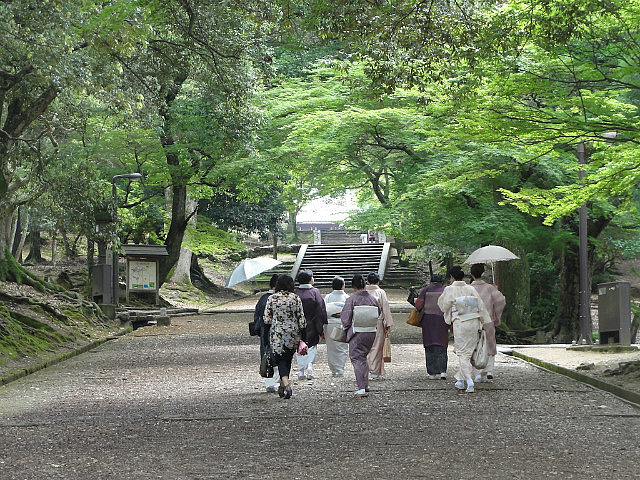
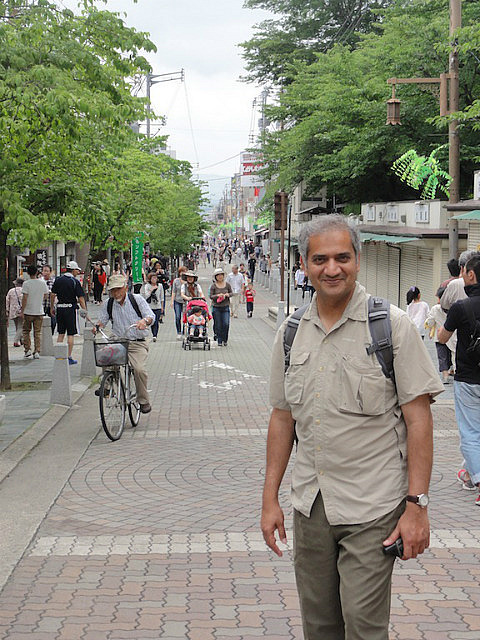
Comments